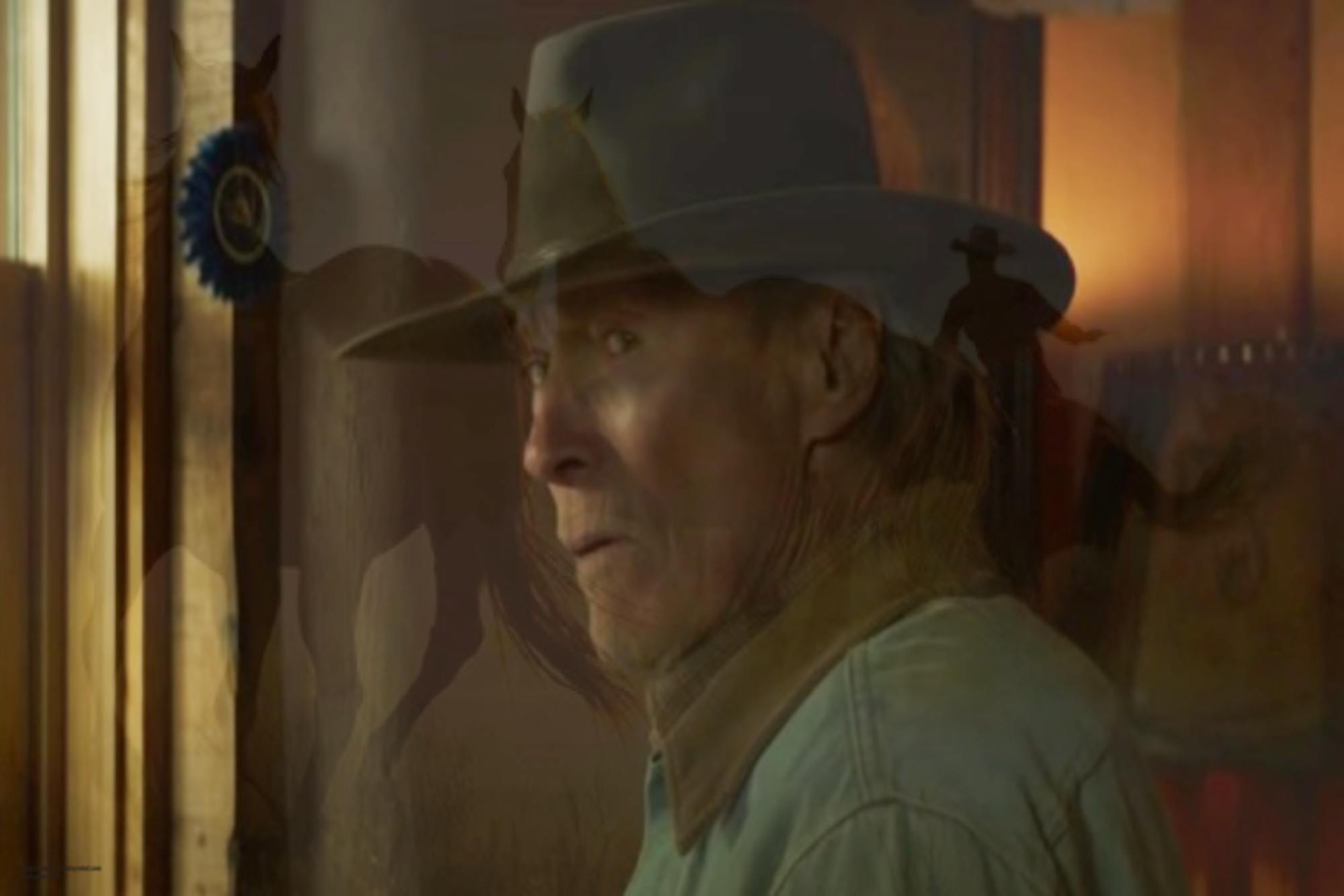
Clint Eastwood’s newest film, “Cry Macho,” is a feeble attempt to fill up 100 minutes of your time. A meandering road trip story that promises car chases and cowboys sounds like a classic in the making — until those scenes last two minutes and are spliced between long, drawn-out moments in the arid desert of its narrative. Directed by and starring the Western icon himself, Eastwood’s flat execution after decades of filmmaking is almost laughable.
The first two problems present themselves right away: the acting and the pacing. Eastwood is over 90 years old; his legs and mouth are the only real pieces of him still fit for the silver screen as he shuffles from point A to point B. His delivery has little range under his cracking voice, and at one point he needs a stunt double just to throw a fake punch. His partner in crime, played by Eduardo Minett, struggles to act in his second language, but I do think he has potential, looking at his track record in Spanish television. The rest of the cast is forgettable, as they only serve as frustrated bodyguards or women swooning for Eastwood’s character — a bizarrely common trend in his recent films.
The pacing is too slow to grab anyone’s attention. Watching the film on HBOMax, I checked the runtime every ten minutes. Eastwood’s rooster sidekick is entertaining and the horse training sequence is fun, yet these actual scenes rarely have time to breathe as they are crushed under the absurdly drawn-out beats of characters talking about nothing. Taking a step back to look at what the film is trying to do, there is no missing piece with the story and its characters. It’s just boring.
The only good part of this film is how it looks. The cinematography glides through the Mexican landscape, basking in the golden sun with horses and roosters racing against Chevy pick-ups. It looks like a love letter to the forgotten Western genre, preserving the rust and dirt just as the sun dips below the desert hills. This flavor of natural beauty is not only used for the landscapes, but for the dialogue and performances too, making the characters feel like parts of a distant land rather than people in a developing story. I can’t determine whether this was done on purpose or for the intent of a painterly American aesthetic, but the camera seems to run through muscle memory the whole way through. As if painted with a single brush stroke with no paint, this film tells little and says nothing.
The most baffling part of this film’s production is the script. Written by N. Richard Nash before he died, it has a history of canceled productions going back to 1975. When it was first published, the story might have been fresh and new, but recently this archetype has been retold a dozen times: an old man with a troubled past rediscovers his humanity by helping a lost (non-white) child escape their own troubled upbringing. The film feels like an old man’s attempt at recreating the magic of Taika Waititi’s “Hunt for the Wilderpeople” or James Mangold’s “Logan” while not understanding the beauty of those films at all. The dramatic flare is missing behind the camera, and the quirkiness of growing up or getting old is never capitalized on in any scene.
I honestly don’t know why this film is getting mediocre reviews online. It’s only at a feature length runtime because it pads the weakest scenes while rushing the ones that actually sound interesting. I see no reason why Eastwood continues to act when it looks so uncomfortable and inefficient. He promised to give up acting with “Gran Torino,” but that was 13 years ago. Without his wrinkled face and household name, this film would be nothing — yet paradoxically, it convinced me that Eastwood has lost his cinematic spark.
Title: “Cry Macho”
Starring: Clint Eastwood, Eduardo Minett
Director(s): Clint Eastwood
If you liked: “The Mule,” “Logan”
Shamrocks: 1 out of 5
‘Cry Macho’: Clint Eastwood’s weakest film yet
Makayla Hernandez | The Observer
Makayla Hernandez | The Observer









